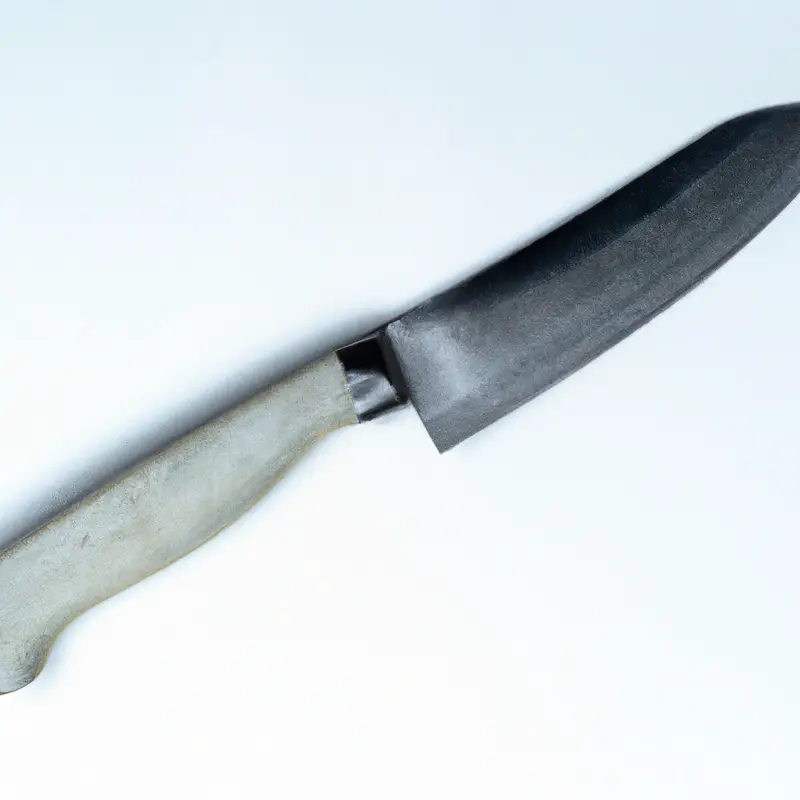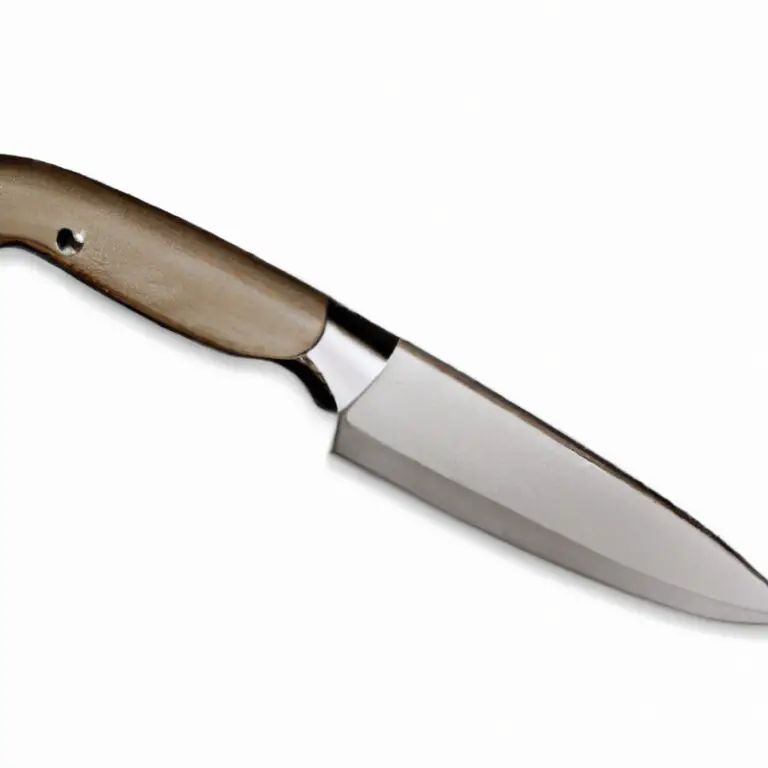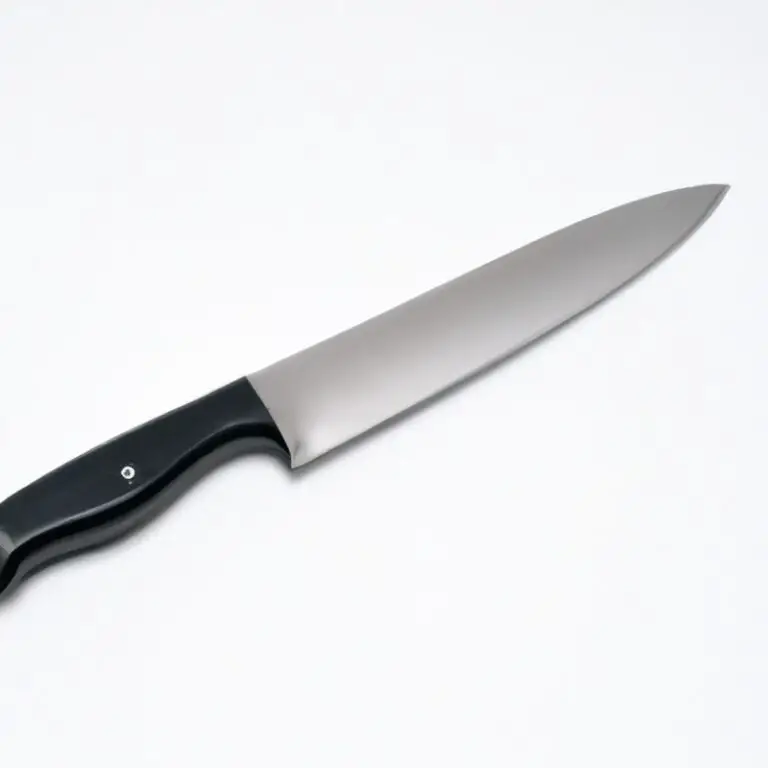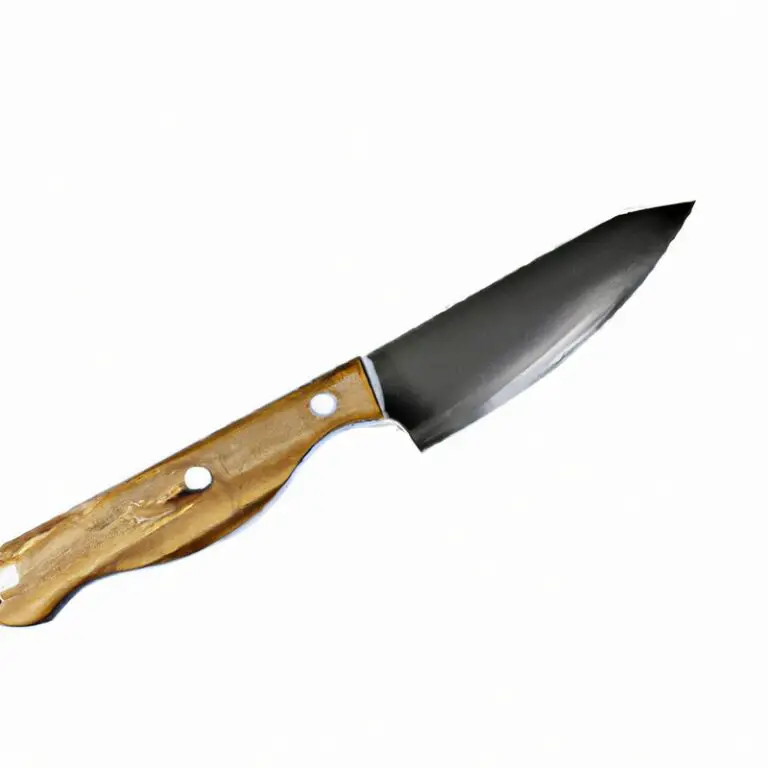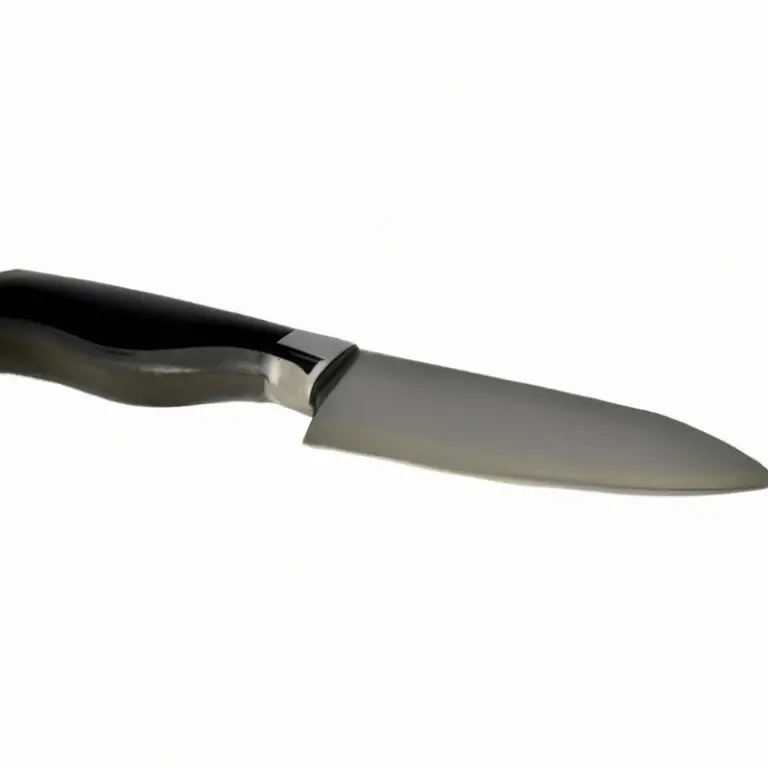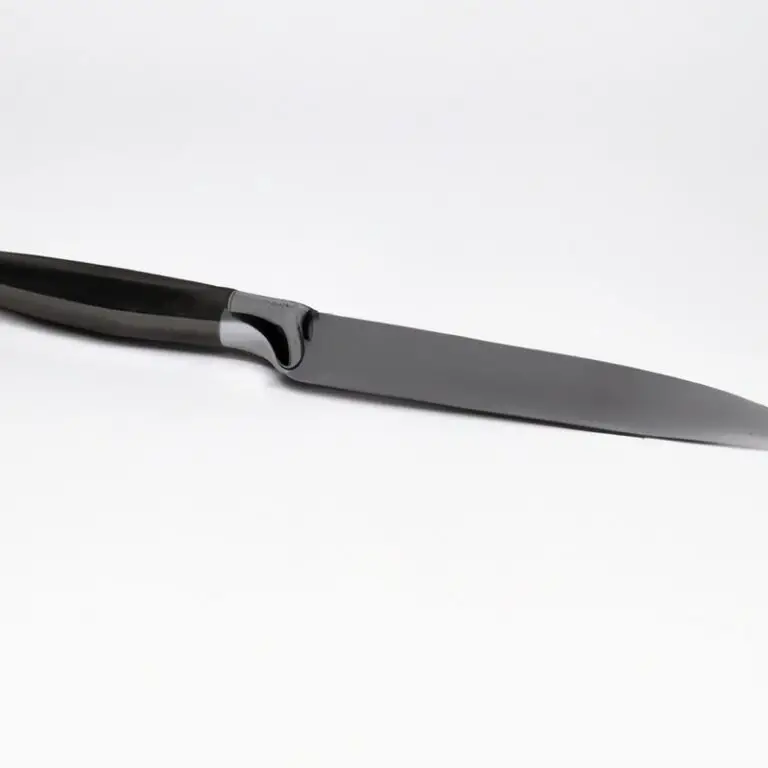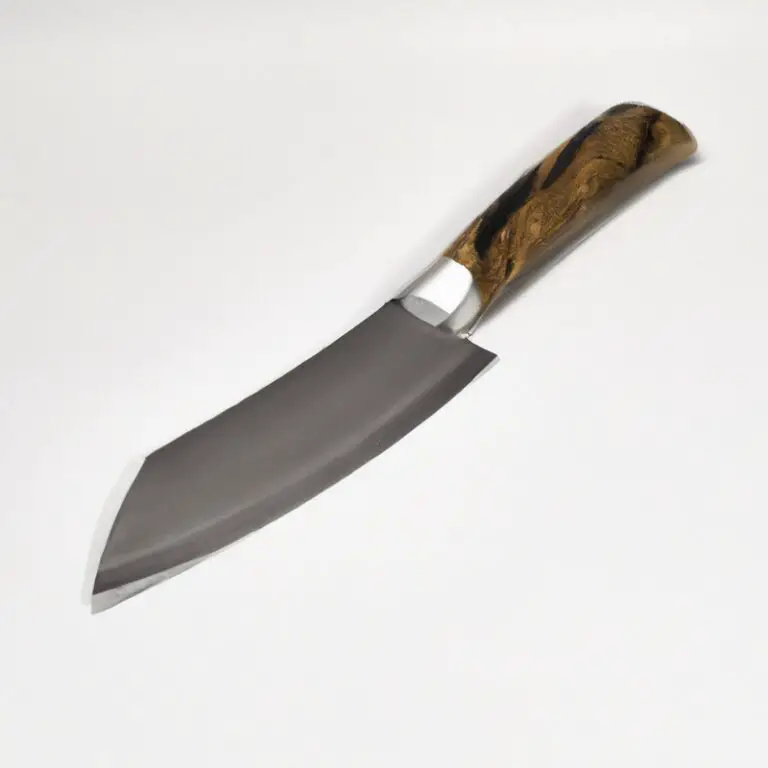How To Fillet a Sunfish Using a Fillet Knife? Expert Technique
Key Takeaways:
- Filleting a sunfish requires a sharp fillet knife and sturdy cutting board.
- Begin by making a cut behind the gills and following the spine to remove the fillet.
- Use smooth, even strokes and take your time to avoid wasting meat or injuring yourself.
- Properly filleted sunfish can make for a delicious and healthy meal if cooked correctly.
Are you looking to learn how to fillet a sunfish using a fillet knife? If you’re a fish enthusiast or someone who loves cooking, then learning to properly fillet a sunfish can be a valuable skill.
But filleting a sunfish can be quite tricky, even for experienced anglers.
Not to worry, in this article, I’ll guide you through the step-by-step process of filleting a sunfish using a fillet knife, from selecting the right tools to safely handling the knife and preparing delicious fillets. So, let’s get started!
| Step | Description |
|---|---|
| 1 | Place the sunfish on a clean, flat surface, and locate the gills and pectoral fin. |
| 2 | Insert the tip of the fillet knife behind the gills, and cut down along the spine to the tail. |
| 3 | Turn the fish over, and make an incision behind the head to the stomach cavity. |
| 4 | Cut the belly open, and remove the entrails with your fingers or a spoon. |
| 5 | Insert the knife at the tail, and slice along the fillet to the head. Repeat on the other side. |
| 6 | Remove the ribs from the fillets with the knife or a pair of pliers. |
| 7 | Skin the fillets by laying them skin-side down and inserting the knife between the flesh and skin, and slicing along the fillet until separated. |
| 8 | Trim any remaining bones or fat from the fillets, and rinse with cold water. |
| 9 | Cook the fillets as desired, and enjoy! |
Preparing the equipment: Getting the right fillet knife and cutting board
To fillet a sunfish properly, you need to have the right equipment. The most crucial pieces of equipment that you will require are a fillet knife and a cutting board.
Always ensure that you use a sharp fillet knife that is both flexible and robust enough to handle the job.
Dull knives can be dangerous as you will need to apply more pressure while cutting, making the knife more likely to slip, ultimately leading to accidents. While selecting a cutting board, choose one that is large enough to accommodate the size of the fish and made of sturdy material that is easy to clean.
A wooden or plastic cutting board is recommended rather than glass as it causes the knife to lose its sharpness quickly.
Before starting the filleting process, ensure that you have your fillet knife sharpened and your cutting board cleaned and ready to use.
Understanding the anatomy of the sunfish to determine the best filleting technique
To determine the best filleting technique, it’s essential to understand the sunfish’s anatomy. Sunfish have a round, flat body, and their bones are located close to their skin.
To fillet a sunfish properly, you’ll need to make a cut behind the gills and along the spine, avoiding the bones and removing the fillet from the skin using a sweeping motion.
Repeat the process on the other side. To make the most of your catch, ensure you accurately trim off any remaining bones and undesired parts before cooking.
Making the first cut: Inserting the fillet knife behind the gills and cutting towards the backbone
To begin filleting a sunfish using a fillet knife, start by making the first cut behind the gills and cutting towards the backbone. This initial cut is critical to obtaining a quality fillet.
To do this, place the fish on the cutting board and hold the head firmly.
Insert the knife behind the gills and cut towards the backbone with a precise and steady motion. The blade of the knife should be angled slightly towards the head of the fish to ensure that the maximum amount of meat is left on the fillet.
Once the initial cut is complete, turn the knife horizontally and cut along the backbone, using the backbone as a guide to separate the fillet from the rest of the fish.
This process should be repeated on the other side of the sunfish, ensuring that the fillets are identical in shape and size.
Removing the fillet: Cutting along the spine and separating the fillet from the skin using a sweeping motion
To remove the fillet of a sunfish, start by cutting along the spine from the top of the fish to the tail using a sweeping motion with a fillet knife. Then, carefully separate the fillet from the skin by slicing along the ribs and ensuring the blade stays close to the skin.
This process should be repeated on the other side of the fish to obtain both fillets.
Be careful to avoid any bones that may still be attached to the fillets. This technique requires patience and precision to yield the best results.
Filleting the other side: Replicating the process for the second fillet
Now that you have filleted one side of the sunfish, it’s time to replicate the process for the second fillet. Turn the fish over and repeat the same steps on the other side.
Make the first cut behind the gills and towards the backbone, and then continue cutting along the spine to separate the fillet from the skin.
Use the sweeping motion to remove the fillet and set it aside. Be sure to trim off any remaining bones, skin, and undesired parts from the second fillet.
Once you’ve finished, you should have two clean, boneless fillets ready to be prepared however you like.
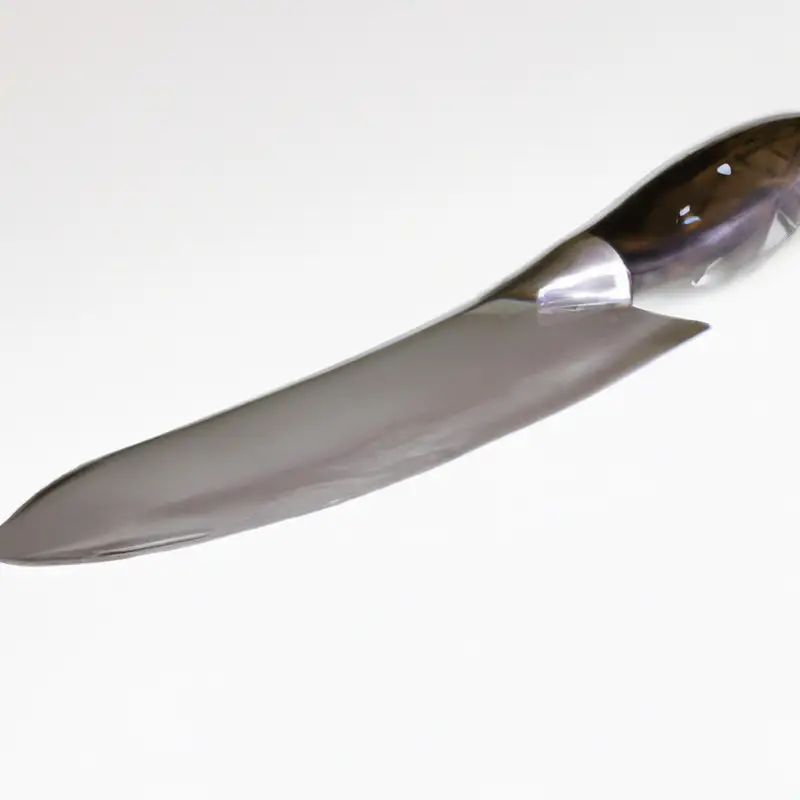
Trimming the fillets: Removing the remaining bones, skin, and any undesired parts
Once you have successfully removed the fillets from your sunfish, the next step is to trim them. Trimming involves removing any remaining bones, skin, and any undesired parts from the fillets to make them ready for consumption.
To remove the bones, run your fingers along the fillet to feel for any stray bones and use a pair of tweezers to pull them out.
You can also use a fillet knife to cut away any unwanted parts of the fillet. To remove the skin, place the fillet skin side down on the cutting board and make a small cut at the tail end of the fillet.
Hold the skin with one hand and use the fillet knife to gently cut the meat away from the skin using a back and forth motion.
Rinse the fillets with cold water and pat them dry with a paper towel. Your sunfish fillet is now ready to be cooked using your favorite cooking method.
Cleaning up the workspace: Properly disposing of scraps and cleaning the equipment
Cleaning up the workspace after filleting a sunfish is as important as the filleting process itself. Proper disposal of scraps and cleaning of equipment are crucial to maintain a safe and hygienic workspace for future use.
To dispose of scraps, use a sealable bag and place it in a garbage bin.
Do not dump it in open areas to prevent wildlife and environmental hazards. Clean the fillet knife with warm soapy water and a sponge, dry it thoroughly, and store it in a safe place.
Additionally, clean the cutting board with hot, soapy water, and dry it completely.
By properly disposing of scraps and cleaning up the workspace, you reduce the risks of contamination, bacterial growth and helps extend the life of the fillet knife and cutting board.
Optional step: Brining or marinating the fillets to enhance flavor
An optional step to enhance the flavor of your fillets is to brine or marinate them before cooking. Brining involves soaking the fillets in a saltwater solution for several hours, while marinating involves letting the fillets sit in a mixture of herbs, spices, and acidic liquids like vinegar or citrus juice.
Both methods help to tenderize the meat and infuse it with extra flavor.
To brine your fillets, dissolve 1/4 to 1/2 cup of salt in 4 cups of water and add any additional seasonings you desire, such as garlic, peppercorns, or bay leaves. Submerge the fillets in the solution and refrigerate for at least an hour and up to overnight.
When ready to cook, rinse the fillets and pat them dry with paper towels.
To marinate your fillets, mix together your desired herbs, spices, and liquids like olive oil, soy sauce, or lemon juice in a plastic bag or dish. Add the fillets and make sure they are coated evenly with the marinade.
Refrigerate for at least an hour or up to 24 hours, turning the fillets occasionally to ensure even coverage.
When ready to cook, remove the fillets from the marinade and discard any excess liquid. Both brining and marinating are excellent ways to add extra flavor to your sunfish fillets.
However, be sure to adjust your cooking time accordingly, as the tenderizing process can make the fillets cook faster than usual.
Cooking options: Preparing the fillets using different cooking methods such as grilling, baking, or frying
Cooking the fillets is the next step after filleting a sunfish. There are several cooking methods, including grilling, baking, and frying, that can be used to prepare the fillets.
Grilling is a popular method that can bring out the natural flavors of the fish and give it a slightly smoky taste.
Baking is another good method that is easy to execute, and it requires less oil compared to frying. Frying, on the other hand, is a quick and flavorful method that can produce crispy and delicious fillets.
Regardless of the method used, it is important to properly season the fillets with salt, pepper, and any other desired seasonings before cooking.
Additionally, it is important to cook the fillets until they are fully cooked through to avoid any potential health risks. Overall, the cooking method chosen comes down to personal preference and the desired flavor and texture outcome.
Safety precautions: Tips for handling the fillet knife safely to avoid injury
Handling a fillet knife can be dangerous, and it is essential to take adequate precautions to prevent injuries. Here are some safety tips you should follow when using a fillet knife to fillet a sunfish:
- Use a sharp knife: A blunt knife can increase the chances of the knife slipping and causing injury. Always use a sharp fillet knife for best results.
- Keep your work area clean and dry: Wet surfaces could cause the knife to slip. It is important to make sure the work area is clean and dry before handling a fillet knife.
- Use a cutting board: A sturdy cutting board will provide a stable surface to work on and will also prevent the knife from cutting into countertops or other surfaces.
- Grip the knife correctly: Hold the handle of the knife firmly with your dominant hand and use your other hand to hold the fish steady.
- Cut away from your body: Always hold the fish away from your body and cut in a direction that moves away from you.
- Watch your fingers: Keep your fingers away from the blade at all times and be mindful of where they are.
By following these safety tips, you can protect yourself from injury when filleting a sunfish.

Final Verdict
In conclusion, filleting a sunfish using a fillet knife is a process that requires careful preparation, knowledge of fish anatomy, and proper handling techniques. By following the steps outlined in this guide, you can ensure that your filleting process is safe, efficient, and results in delicious fillets that are free from bones and other unwanted parts.
Remember to always use a sharp fillet knife and a sturdy cutting board, and to take your time to make precise cuts.
Properly disposing of scraps and cleaning your equipment after each use will also help to maintain a clean and safe workspace. By following these tips, you can confidently fillet a sunfish and cook your fillets using a method of your choice, whether it be grilling, baking, or frying.
So, grab your fillet knife and get started on creating a delicious meal from your freshly caught sunfish!

